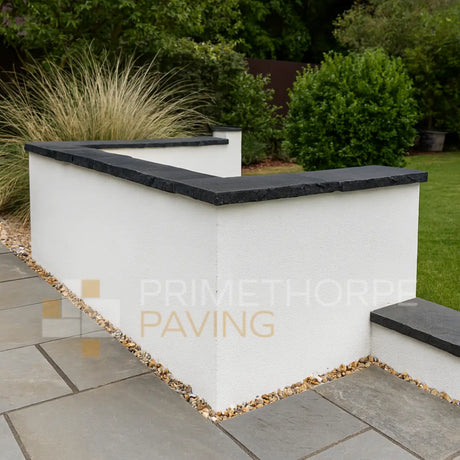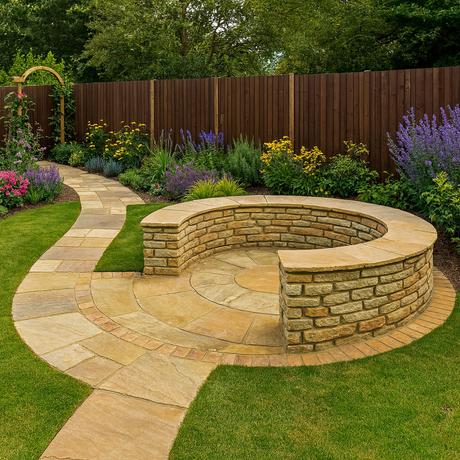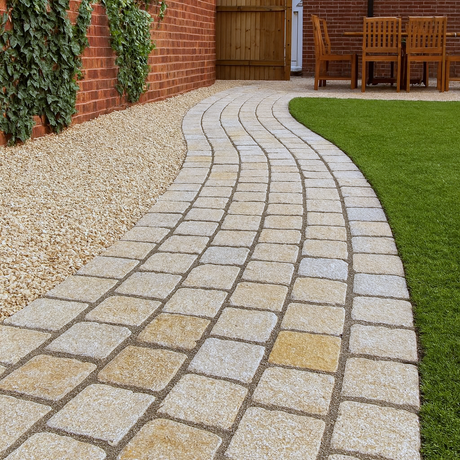Patio grout is a rather unglamorous structural material. However, it is also an extremely useful and necessary product when it comes to paving. Patio grout lengthens the life of your patio pavers, protecting the foundations from excessive water and weather damage as well as a small amount of extra adhesion, holding them in place. It also offers structural integrity to your patio, while offering a neat finish to your outdoor patio area.
Also known as paving slab mortar, patio grout is not be confused with standard mortar. Paving slab mortar and patio grout are a specifically balanced mixture of water, cement and sand. The product has been specifically designed for a particular range of purposes that will suit your patio grouting needs.
Paving grout is used primarily to fill gaps in-between pavers, tiles, setts or slabs. The paving grout prevents the slabs from shifting and it holds them in place. Paving slab mortar also suppresses weed growth and partly absorbs and partly repels water.
Which Paving Grout Should I Use For My Patio?
When it comes to laying your patio, there are many jointing compound and paving grouts out there that can be used to fill the gaps between your paving. Each product is available at different prices. However, each product has some very important differences that need to be considered when choosing the right patio grout for your project.
There are five main types of grout for your patio. Each has certain properties and there are numerous manufacturers within each paving grout type. We would always recommend that you read the manufacturers guidelines first. This will help you ensure that the patio grout product is suitable for your paving stones and patio.
Single Part Polymeric Jointing-Compounds
If you are looking for a versatile option that can be used with most types of paving, we recommend that you consider single part polymeric compound patio grout. They are a quick and easy to apply resin jointing compound. In general, you apply this by wetting the paving first and then adding the dry compound. This is then pushed into the paving joints with a squeegee and a brush. Single part polymeric compounds are designed to be swept and left. Some homeowners choose to run a jointer over the material lightly, once it has started to dry. This does offer a neater finish but does need to be done with care.
Our favourite option for this type of "grout" is Joint-IT. We have worked with a few single part compounds and we find this by far the best.
Single part polymeric compounds are reasonably priced and quite cost-effective. They also come in a variety of colours allowing you to match the patio grout to your paving. For example, a mid-grey grout to match a medium shade of grey paving, or slate grey grout if you have a darker patio.
We would recommend installing a single part polymeric compound with a permeable mortar bed and sub-base. This will give your patio the best possible lifespan.
Two-Part Epoxy Resins
Two-part epoxy resins are made up of a sand-based aggregate and a resin. These two parts are mixed on-site when you are ready to use the paving grout product. The mixture made is a slurry that you apply to the paving joints with a squeegee and brush. It is essential that you keep the paving wet while you use this patio grout. We would recommend that you bring in extra help to help lay a patio with two-part epoxy resins. This is because you need to work quickly with this paving grout product.
Two-part epoxy resins tend to be more expensive than other patio grout options. However, they have a lifespan of up to ten years. The resin hardens the aggregate, and this makes the paving grout more durable and suitable for jet washing.
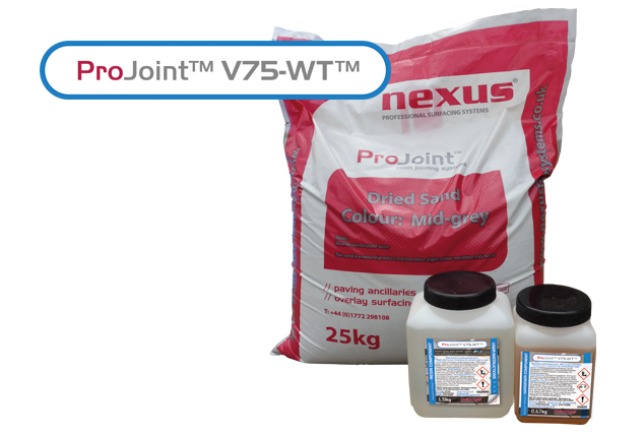
Two-part epoxy resins are available in a selection of colours that can be matched to your paving. For example, if you have a silver-grey patio colour then you can use a silver-grey grout to blend in with the patio paving slabs. There are some Two-part epoxy resins with a finer texture. This makes them ideal for porcelain paved patios and other more contemporary paving stones.
Exterior Tile Grouts
When applying exterior tile grout, you need to mix the contents of the bag with a specific ratio of water. You then use a grout float to apply the mixture to the paving joints. This patio grout option does need a little practice and it can be more time-consuming that other patio grouts that you can brush in. However, it is easy to apply once you know how.
You do need to work quickly with this product. The joints need to be dry as possible with no standing water in them. The surfaces need to be wipe cleaned with a damp sponge within 30 minutes. This should be sponged off in a diagonal to avoid dragging any grout out. We would recommend having a person to help you so this paving tile grout can be used effectively.
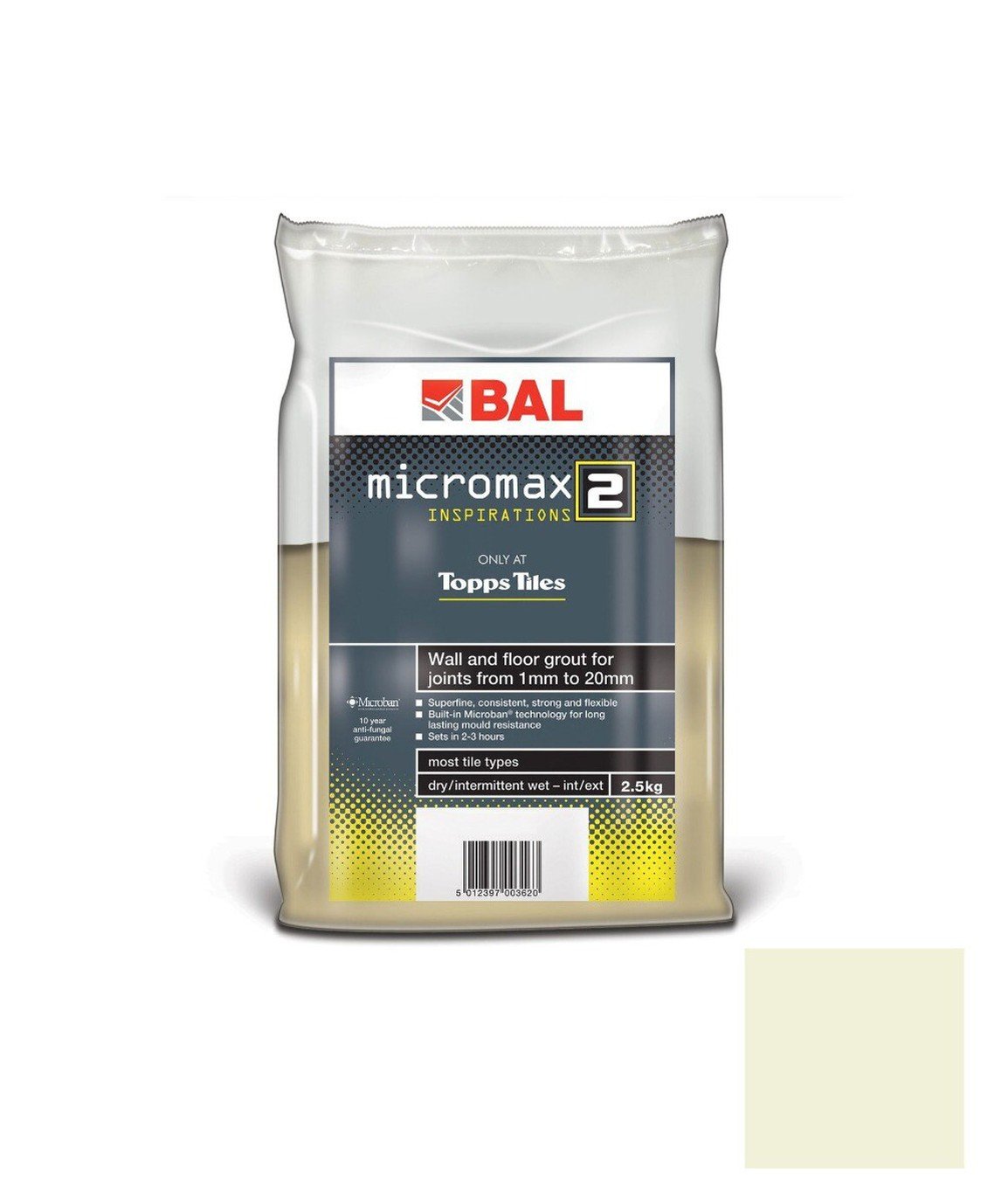
Exterior tile grout is cost-effective and offer a really nice sleek, smooth and contemporary finish to your tiled patio area. There are a number of exterior patio tile grout colours available to match your tiles. These include mid grey grout, silver grey grout and slate grey grout as just a few examples.
Cementous-Based Slurry Grouts
Cementous-based slurry grouts are pre-mixed grouts. All you need to do is add water at the site of your patio. You will need to squeegee the Cementous-based slurry into the joints. It then needs to be cleaned off thoroughly after 30 minutes.
The Cementous-based slurry grouts is a wet patio grout so goes in very easily. With a little practice it is easy and quick to apply, but as with other patio grout products, we would recommend it is a two-person job.
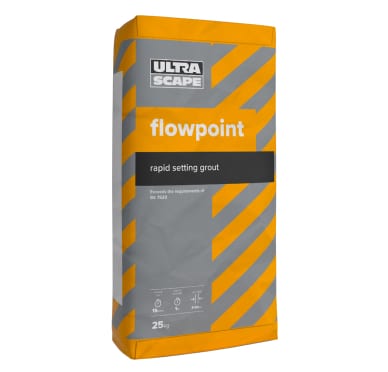
The joints of Cementous-based slurry grout should last around ten years. They will also be able to withstand jet washing. However, Cementous-based slurry grouts are only available in a limited selection of colours and the slightly granular appearance of the finished product may not suit all paving stones and patio projects.
Traditional Mortar
Traditional mortar is a paving grout method that used a sand and cement mix. This mix is applied by hand with a pointing trowel. The finished appearance of traditional mortar suits traditional types of paving like hand-cut natural stones or reconstituted concrete paving for example.
There are limited colour options available with traditional mortar paving grout.
Traditional mortar isn’t expensive as such (see how much you need to purchase with our patio mortar calculator), but it can be time consuming to apply. It also can’t be applied in wet, cold or excessively hot conditions. When traditional mortar is installed correctly it can last for many years. That said, the jet washer will need to be used sparingly for the best lifespan of this product.
Overview Of What Patio Grout Options Are There?
If you’re still not sure of the best patio grout for your paved area, then give our team a call. We are paving specialists and can offer advice and guidance to ensure you choose the best paving grout for your patio project.




